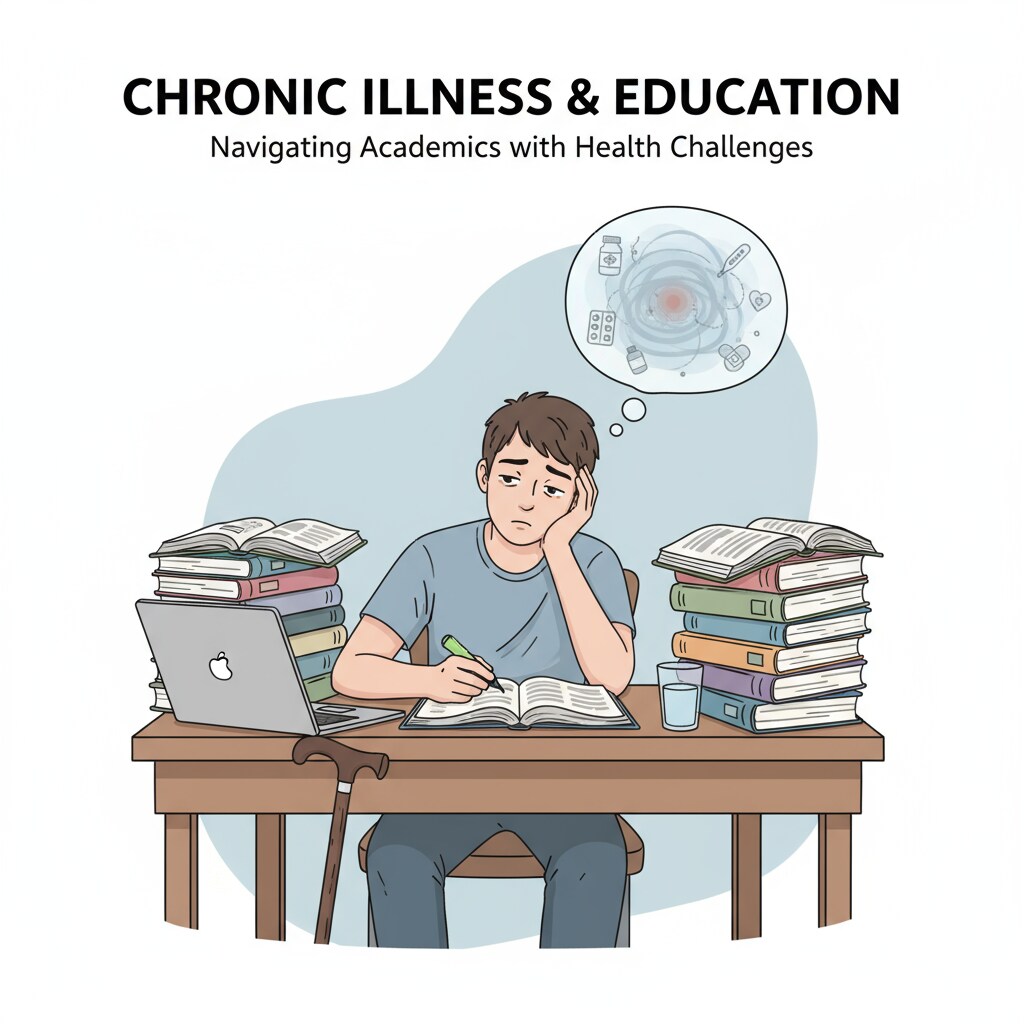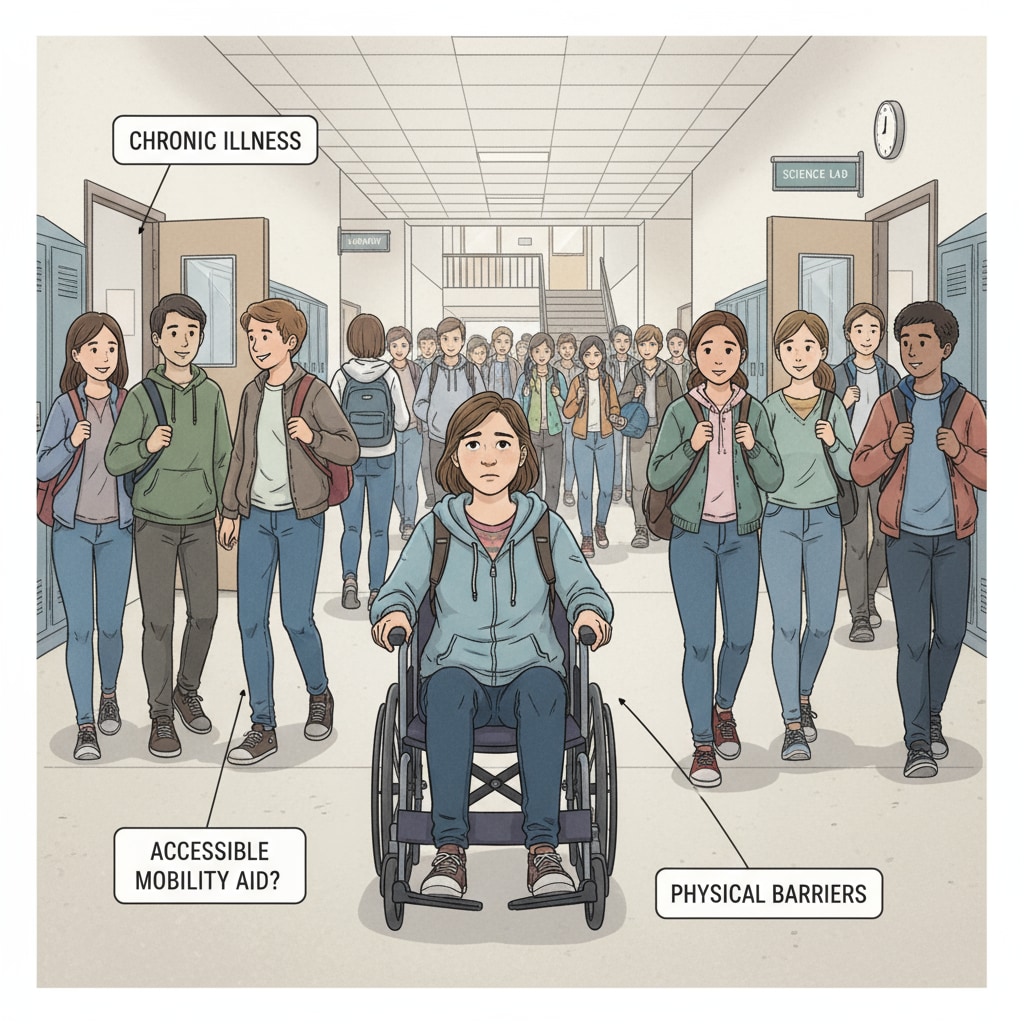Chronic diseases, high school graduation, and GED are topics that intersect in the lives of many teenagers. For those dealing with chronic health issues, the journey through high school can be fraught with difficulties. Take, for example, a student with a chronic respiratory illness. They may find it challenging to attend school regularly due to frequent hospital visits and recovery periods. This disruption can make it hard to keep up with the curriculum and ultimately affect their chances of graduating from high school.

The Hurdles of Traditional High School for Chronically Ill Teens
One of the main challenges is regular attendance. Chronic diseases often come with symptoms like fatigue, pain, and frequent flare-ups. As a result, students may miss a significant number of classes. According to CDC data on school absenteeism, students with chronic health conditions are more likely to be absent than their healthy peers. This absence can lead to gaps in learning, making it difficult to understand new concepts and complete assignments on time.
In addition, the physical demands of a traditional high school environment can be overwhelming. Long days, multiple periods of sitting, and the need to move quickly between classes can be tough for someone with a chronic illness. For instance, a student with a mobility impairment may struggle to get to different classrooms in time, adding stress to their daily routine.

Alternative Paths: The Role of GED
The General Educational Development (GED) test offers an alternative route to high school equivalency. It allows students to demonstrate their knowledge in areas like language arts, mathematics, science, and social studies. For teens with chronic diseases who have difficulty keeping up with the traditional high school pace, the GED can be a viable option. As stated on the official GED website, the test is designed to assess skills equivalent to those of a high school graduate.
Preparing for the GED can be more flexible. Students can study at their own pace, which is especially beneficial for those with fluctuating health. They can focus on areas where they need more improvement and schedule study sessions around their medical appointments and rest periods.
However, it’s important to note that the GED is not without its drawbacks. Some colleges and employers may view a GED as less prestigious than a traditional high school diploma. So, while it provides an opportunity for students to move forward, they may need to work harder to prove their capabilities.
Ultimately, whether a teen with chronic diseases should pursue a traditional high school diploma or opt for the GED depends on their individual circumstances. Factors such as the severity of their illness, their learning style, and their future goals all play a role. By carefully considering these aspects and seeking support from family, teachers, and healthcare providers, they can make an informed decision and find a path that allows them to balance their health and educational aspirations.
Readability guidance: The text uses short paragraphs to clearly present ideas. Lists could be further developed, for example, by listing specific chronic diseases and their impacts. Passive voice is minimized, and transition words like ‘however’ and ‘in addition’ are used to connect ideas smoothly. Each H2 section provides a focused discussion on key aspects related to chronic diseases, high school graduation, and GED options.


